Have you been noticing slow loading times, sluggish response times, and lagging performance while working on your laptop? These are all signs that it may be time for an upgrade in your RAM (Random Access Memory) to optimize your system’s performance and enhance RAM usage.
But a laptop that’s slowing down doesn’t mean you have to throw it out and get a new one—sometimes your RAM just needs a little extra help. Here’s how to find out what your laptop needs.
How Does RAM Impact Your Laptop Memory and Performance?
At its core, RAM acts as a high-speed temporary workspace for your computer, allowing it to store and quickly access data that the CPU needs in real-time. The more RAM your system has, the more tasks it can handle simultaneously without slowing down. It directly impacts your computer’s responsiveness and multitasking capabilities, making it an integral component for smooth operation.
RAM Versus Hard Drive: What’s the Difference?
Think of RAM (Random Access Memory) as your desk space and a hard drive as your filing cabinet. RAM is like your desk; it’s where you put all the files and documents you’re currently working on.
It’s super-fast and easily accessible, allowing you to multitask efficiently. However, it’s temporary—once you shut down your computer, everything on your desk (RAM) gets cleared out. On the other hand, a hard drive is like your filing cabinet; it stores all your files, documents, photos, and software long-term.
It’s where you keep everything you want to save for later, and unlike RAM, it retains data even when the computer is turned off. However, accessing information from the hard drive takes longer than retrieving it from RAM because it’s not as quick to reach in and grab specific items.
Both are crucial—RAM for immediate, quick access while you’re working, and the hard drive for storing everything you want to keep for the long haul.
Signs It Might Be Time for More RAM
If you’re ready to get back to top-notch performance and speed, here are some signs that it may be time for more RAM:
1. Slow Performance: The Telltale Sluggishness
One of the most apparent signs of insufficient RAM is sluggish performance. If your laptop takes eons to load applications, lags when switching between tasks, or struggles with basic operations, it might be grappling with a lack of adequate memory.
RAM shortages force your system to rely on slower storage drives, impeding the seamless flow of data and causing noticeable slowdowns.
2. Frequent Freezing or Crashing
Insufficient RAM can jeopardize system stability, manifesting in frequent freezing or crashing. When your laptop’s memory is overloaded, it struggles to manage multiple tasks, leading to unresponsive programs, sudden crashes, or system-wide freezes.
3. High Disk Usage: The RAM Memory and Storage Dance
Insufficient RAM means your laptop has to rely heavily on the hard drive or SSD for temporary data storage, resulting in increased disk usage. If you notice your storage drive constantly thrashing or experiencing unusually high read/write activities even during routine tasks, it might be indicative of RAM constraints.
Assessing Your Current Laptop Memory Usage
Identifying your laptop’s current RAM usage is a crucial step in determining whether an upgrade is necessary. Operating systems offer built-in tools to monitor resource utilization, providing insights into how much memory your applications are consuming and the overall system performance.
For instance, on Windows, you can use the Task Manager (Ctrl + Shift + Esc) to navigate to the “Performance” tab, where you’ll find real-time graphs displaying your system’s RAM usage. Similarly, MacOS users can utilize the Activity Monitor to track memory usage.
Determining Your RAM Needs
Once armed with information about your current RAM usage, the next step involves assessing your requirements. Consider the nature of your computing tasks. Are you doing heavy multitasking, video editing, designing, or other memory-intensive activities?
Each task demands a certain amount of RAM, and exceeding the current capacity might be the solution to your performance woes.
When calculating your ideal RAM capacity, consider future-proofing your laptop. As software and applications become more resource-demanding over time, investing in slightly more RAM could prevent the need for another upgrade in the near future.
Keep Your Computer Running With TrinWare
Upgrading your laptop’s RAM is often a cost-effective and straightforward solution to improve its performance, ensuring a smoother and more responsive computing experience. For more detailed solutions and tailored recommendations, schedule a call with us at TrinWare.
With over 100 years of combined experience helping businesses source the right hardware and software solutions, we have the expertise and resources to meet your specific needs. Don’t let insufficient RAM slow you down—get in touch with us today!


